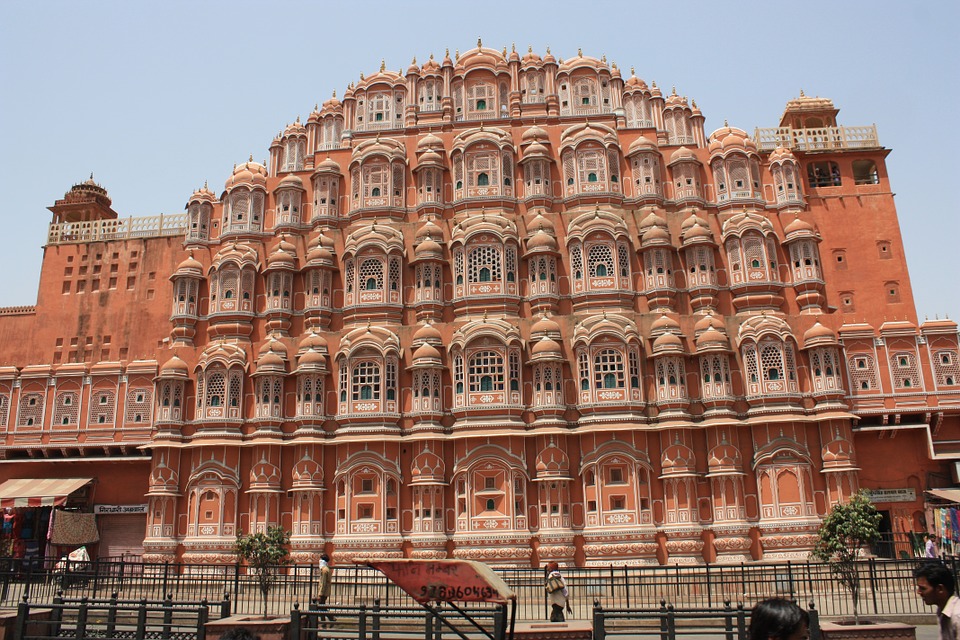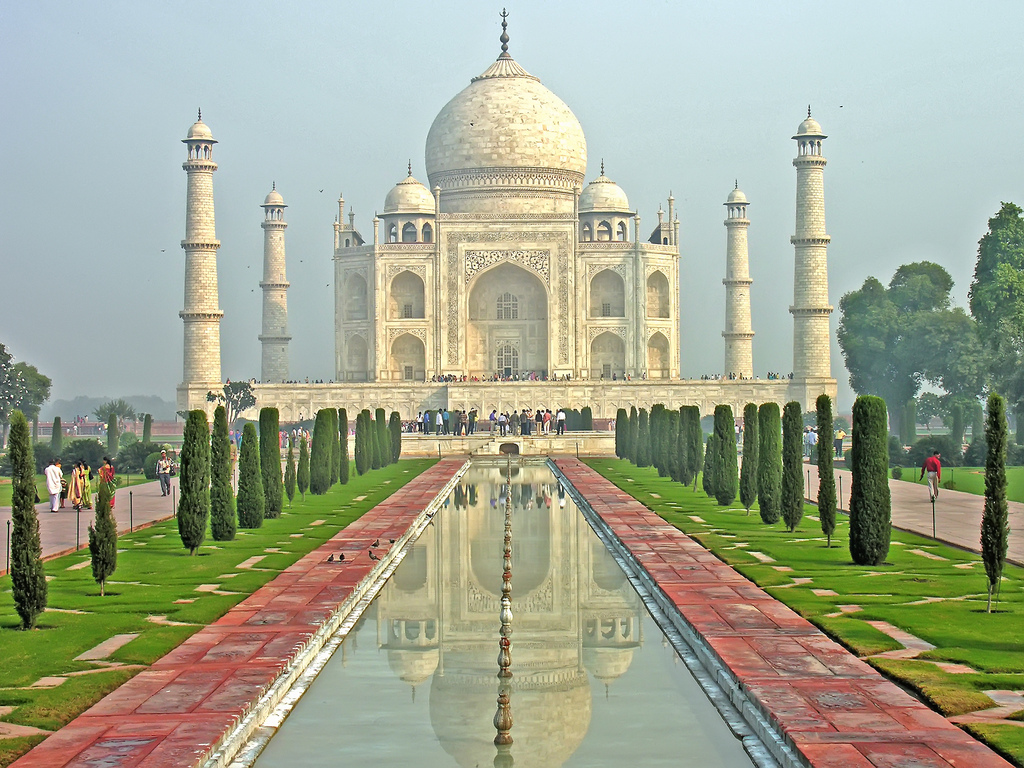Multilingualism in India: 23 Languages and Counting
Living in a country where the language is monolingual means even the idea of having an official language that isn't your own is, well, foreign. But we've already looked at Switzerland where there are three official languages, and South Africa where there are eleven, and in their own ways for both of these countries, multilingualism works. So continuing our look at multiple official languages we're going to try to get our monolingual heads round all the official languages of a country that is, frankly, greedy in its list of official languages. Join us on a linguistic trip through India!
Table of Contents
Photo via Flickr
Languages in India by numbers
India has a grand total of twenty-three official languages. Here's your list (in alphabetical order):
Assamese, Bengali, Bodo, Dogri, English, Gujarati, Hindi, Kannada, Kashmiri, Konkani, Maithili, Malayalam, Marathi, Meitei (Manipuri), Nepali, Odia, Punjabi, Sanskrit, Santali, Sindhi, Tamil, Telugu and Urdu.
These languages belong to one of six language families: Austroasiatic, Dravidian, Great Andamanese, Indo-Aryan, Sino-Tibetan and Tai–Kadai.
Break it all the way down
Within those twenty-three there still is a further 'divide'. English stands on one side of it, and the rest on the other; these are referred to as the Eighth Schedule languages, or those of the Eighth Schedule to the Constitution of India. Languages listed under this Schedule are entitled to equal representation on the Official Languages Commission. They are obliged to receive support from Government for development. Being recognised by this Schedule also means that students in schools throughout India are entitled to sit any exams conducted for public service in the language of their choice.
Despite this wide variety of official languages available to people, there is a shorter list of those which are considered the prominent languages of India. These are:
Assamese, Bengali, Gujarati, Kannada, Maithili, Malayalam, Marathi, Odia (Oriya), Punjabi Tamil, Telugu, and Urdu.
Learning a new language? Check out our free placement test to see how your level measures up!
Who speaks what
The population of India is around 1.3 billion. Take a look at the percentage split for those who speak the most 'popular' of the official languages. Note this list varies again from those considered to be 'prominent' languages!
It should be noted that Sanskrit is one of six languages the Government of India has classified as classical, alongside Kannada, Malayalam, Odia, Tamil, and Telugu. And it's also worth noting the difference between percentage of English as first language and English as percentage of total population, indicating that English is more widely spoken as a second or even third language.

Photo via Flickr
The problem with English
English was supposed to stop being an official language of India in 1965, having been used as the official language for both administrative and higher education purposes since the beginnings of colonisation. Hindi was supposed to become the official language, but those non-Hindi speaking areas of India protested, and these protests led to the enactment of the Official Languages Act of 1963 which meant English could still be used alongside Hindi for official use.
This act in turn led to wilful misinterpretation and, probably, genuine misunderstandings, too. Politicians championing Hindi chose to do the exact opposite of use English. This lead to a period of unrest involving everything from riots to suicides. Since an amendment to this Act in 1967 permitting the continued use of English until a suitable resolution could be found, English has been a de facto lingua franca of India ever since.

Photo via Flickr
True multilingualism?
It seems that for all this suggestion of a huge range of choices of languages to speak, the languages of India are divided between Hindi and English for official things like government, business and education, and other languages for everything else. The variety comes from regionally-spoken languages. For example, if you live in the constitution of Gujarat, you'll likely speak Gujarati. Similarly, you will probably hear vastly less of in Tamil Nadu on the opposite coast, where people predominantly speak Tamil.
So the next time you watch a film and hear an Indian accent, ask yourself if that is underwritten by a Hindi influence? Or perhaps Kannada, Urdu, or any of the other twenty-three choices available!




